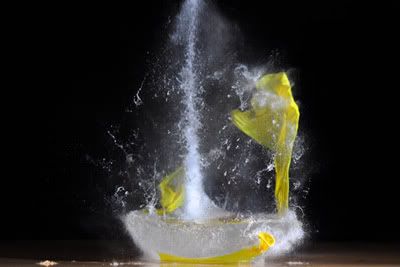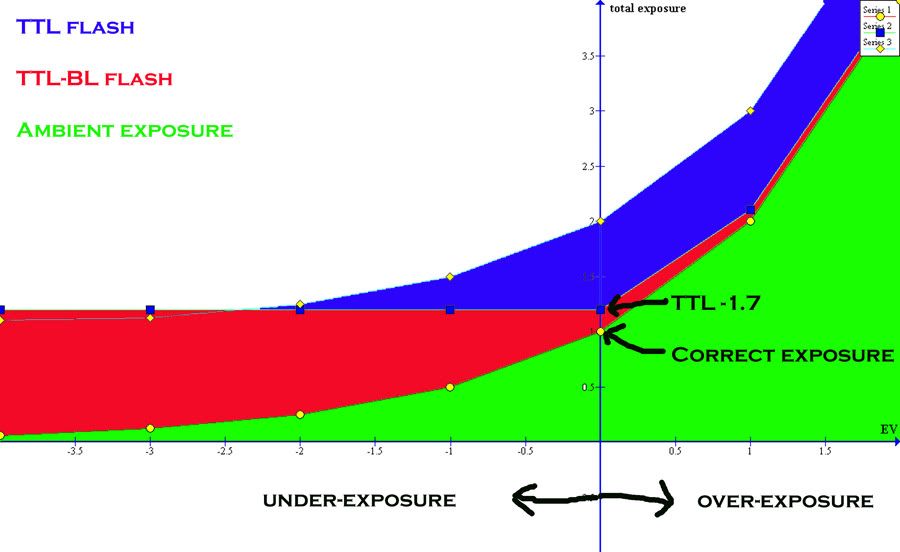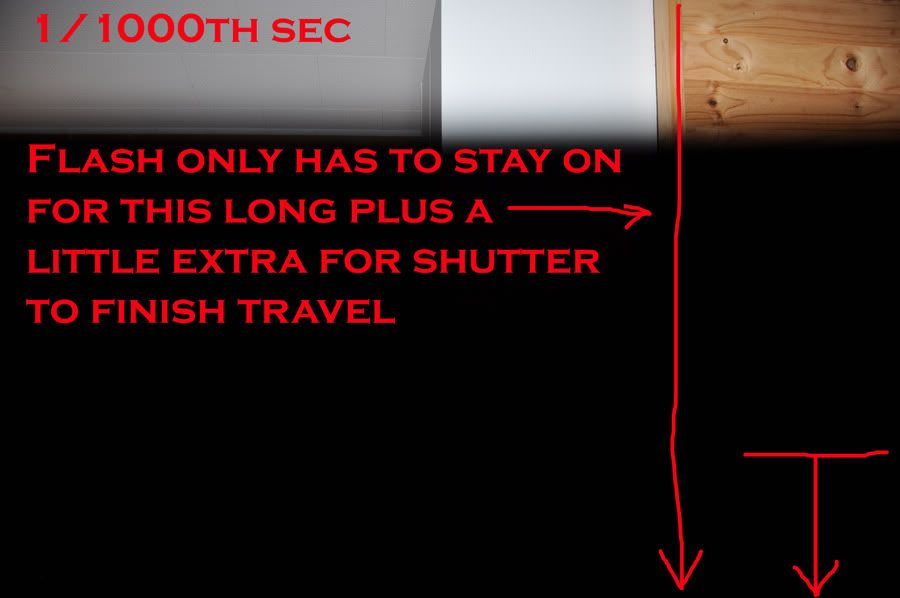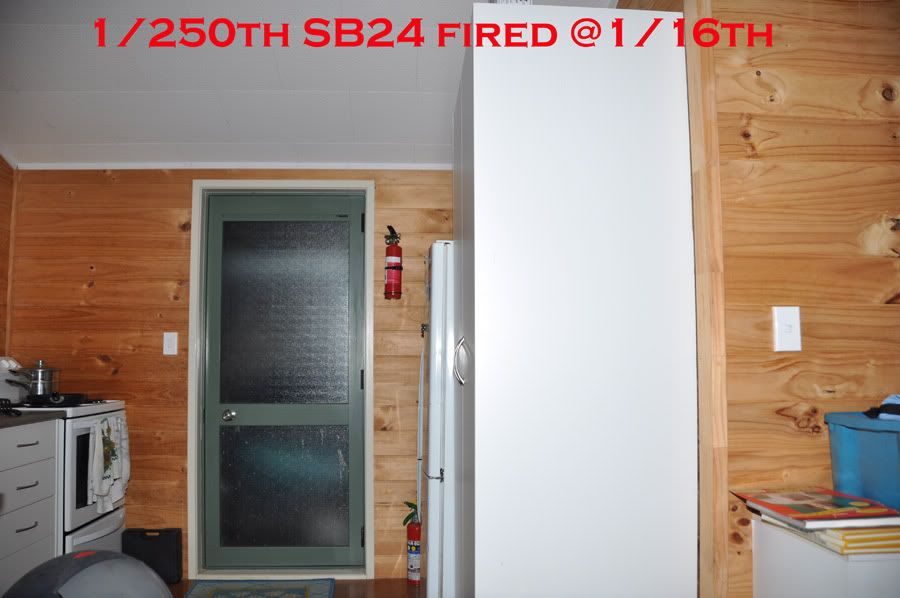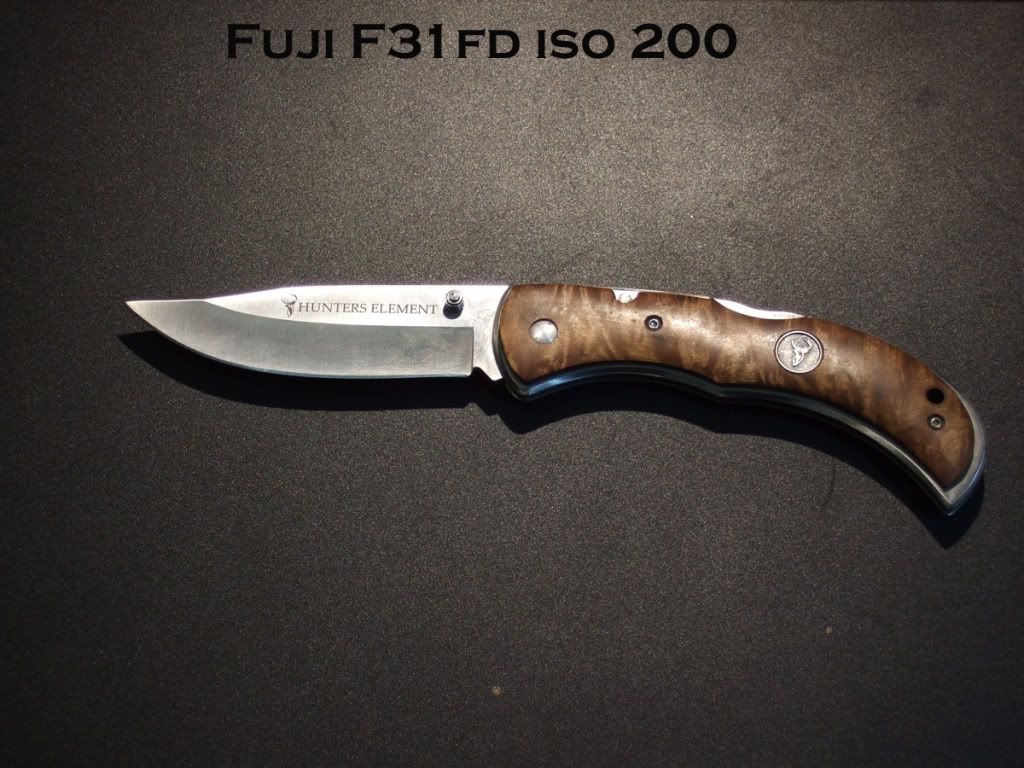I've seen various opinions of what 'fill flash' is . My thoughts are that it is when the ambient is the main light source and you only want to lift the shadows with a small amount of flash .
As you underexpose the ambient and use more flash you start tending toward 'fill ambient' where the flash is the main light source and you 'drag the shutter' to expose some of the background as well .
So I just thought I'd share the graph I just made showing the relationship between exposure , TTL flash and TTL-BL flash since Nikon defines TTL-BL as "Balanced fill flash" .
.
As we see TTL flash maintains the same output regardless of where you have the ambient exposed - it doesn't know or care how well you have the ambient exposed - it thinks it is the only light source .
This is why we need to dial in more negative flash compensation when we use TTL flash and the subject is already properly exposed .
TTL-BL on the other hand 'watches the meter' and in situations where they meter evenly [ a centralized subject filling the middle of the frame ] TTL-BL will back off to the equivalent of TTL -1.7 stops to simply act as 'fill flash' .
As we under-expose the ambient TTL-BL steps in and starts to take over control of the exposure of the subject .
The graph I've shown is the result of some controlled tests I did using a flash meter to determine the difference in their output in varying situations .
